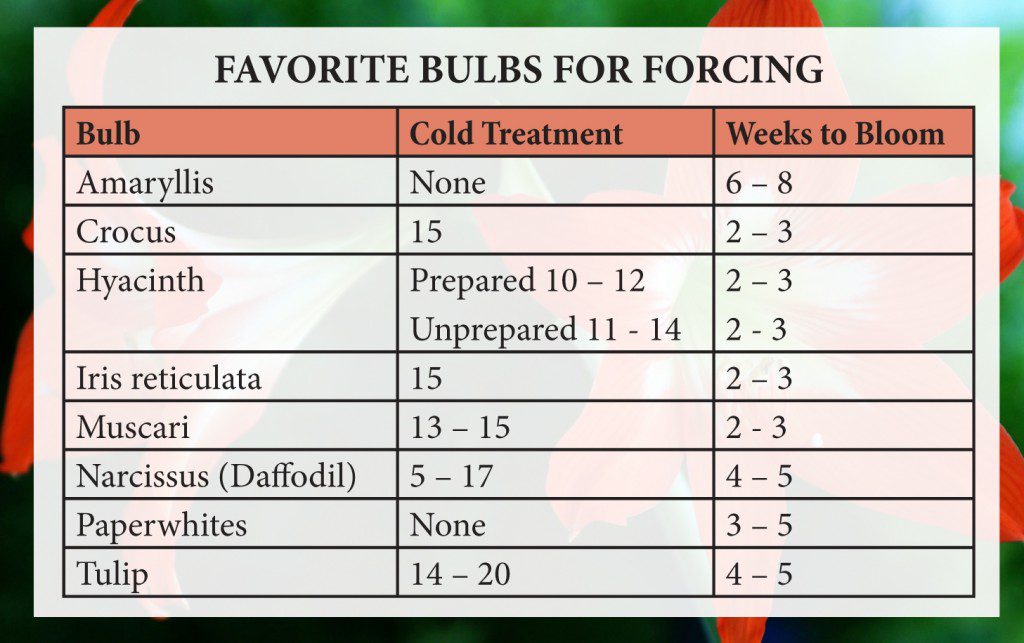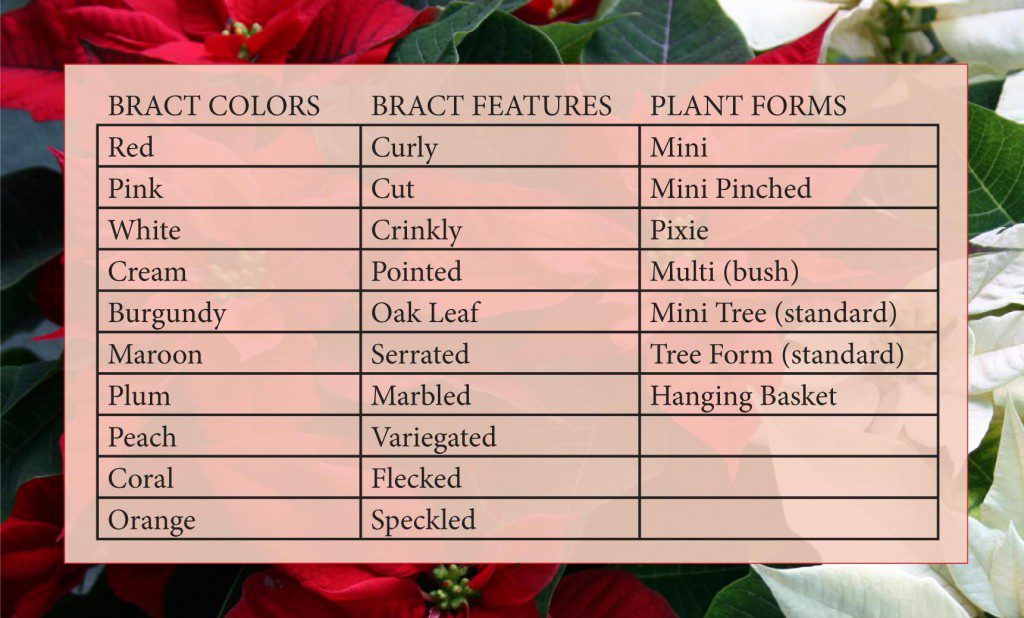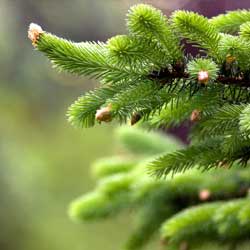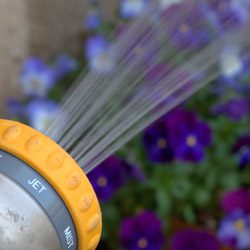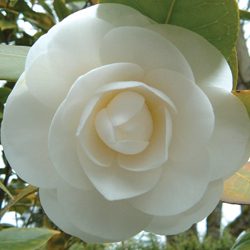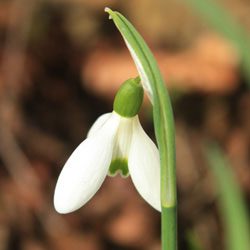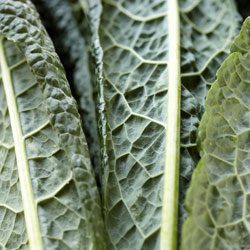Let the magic of miniature fairy gardens give you the Christmas you’ve always wanted. You can create the garden and entry of your dreams without breaking the bank, redoing your landscaping or remodeling your home!
Although the blooms of summer are a distant memory and the splendor of fall is neatly raked into the compost pile, don’t think your yard has to be dreary from now until spring. Background planting, berries, bark and even blooms are the secrets of a colorful and interesting winter landscape.
Blooming baskets and pots of brightly colored forced bulbs make a fabulous holiday or winter gift for others and ourselves. What better way to dress up the holiday home or cheer up a long, cold winter, reminding us of impending spring?
They have traditionally been the winter holiday’s most popular plant, the sure and steady standby, but have you seen poinsettias lately? These are not your mother’s poinsettias! Endless selections of bract colors and shapes combined with unique foliage offerings and a wide variety of forms and sizes make this year’s collection spectacular.
From the Fir Family come some of our most beloved Christmas trees, the Colorado, Norway and White Spruce varieties. Both the Colorado and Colorado Blue Spruce have a nice pyramidal shapes with strong limbs that can hold heavy ornaments or light strands.
Autumn is an excellent time to apply horticultural oil. The oil smothers many soft-bodied insects and hard-shelled scales that are impenetrable to many insecticides, and can therefore help control some of the most stubborn insect populations. But is it right for your plants?
We love camellias! An Asian native and an old southern standby, they are now a favorite in the northern states as well. In recent years, new varieties have been developed for their increased cold hardiness, giving northern gardeners even more opportunities to enjoy these charming beauties.
A garden stroll in the early spring offers a great deal of promise but generally little color. You can rectify this with a little planning and planting this fall to ensure bright spring blooms to enjoy.
As winter approaches, certain steps should be taken to ensure plant and fish survival.
Did you know kale is a super food? Kale belongs to the same family as cabbage, broccoli and Brussels sprouts. It is a rich source of vitamins C, A, & B6, and is loaded with manganese, calcium, copper and potassium, with no fat or cholesterol. Add it to your garden for a healthy harvest!









